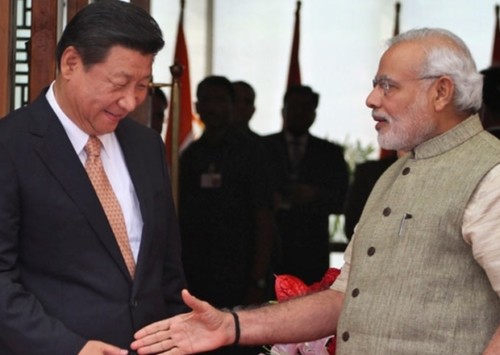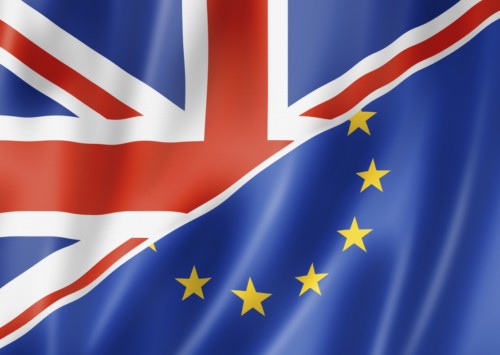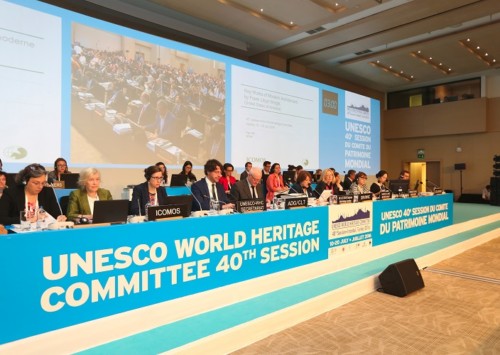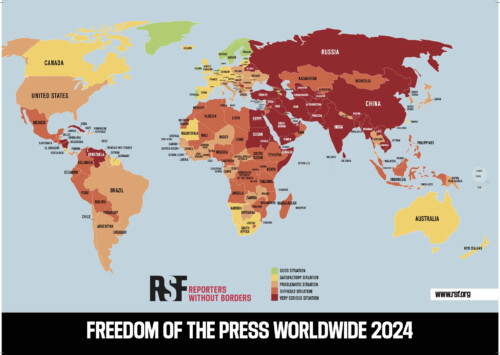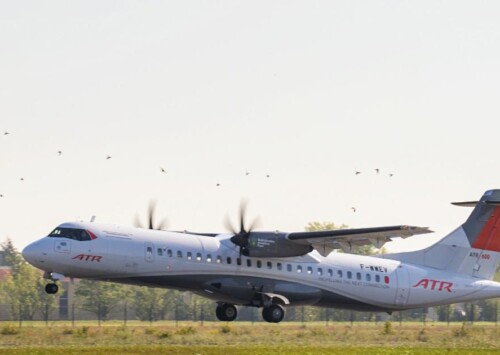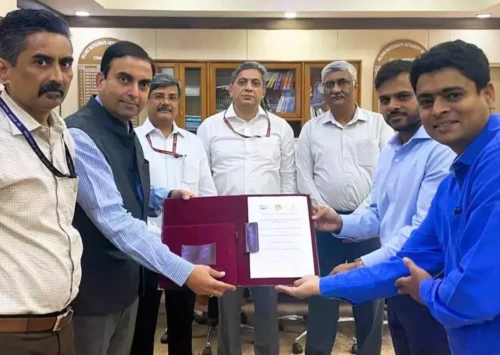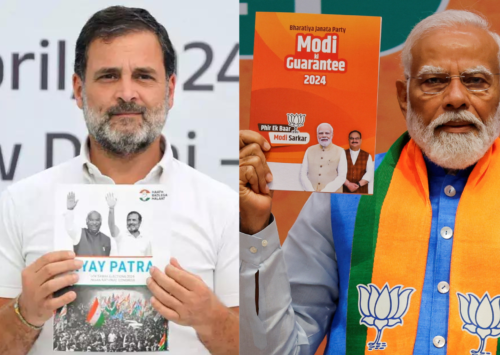Indo-US Strategic Relations Boosted by LEMOA
The much-awaited Logistics Exchange Memorandum of Agreement (LEMOA) which was proposed in 2000, between India and United States, was recently signed between India’s Defence Minister Manohar Parrikar and his US counterpart, secretary of Defence, Aston Carter in Washington DC. The agreement is aimed at creating better military cooperation between the two countries. The pact facilitates enhancement in sharing technological knowhow between the countries.
The United States considers India an important defence partner, as announced during Indian Prime Minister Narendra Modi’s visit to the US in June this year. This agreement will foster advanced technological and trade opportunities for both the nations. As per the agreement, the logistical support is not obligatory and access to military bases is not allowed without prior clearance from both parties. India’s perspective in signing LEMOA is significant as the pact could open avenues to meet strategic partnership goals and defence cooperation between the countries. More importantly, the pact will help during disaster relief operations and it is used in contingencies, unforeseen emergencies and peacekeeping operations. With limited sea operations, India hopes LEMOA will help in gaining access to US military bases in Djibouti and Diego Garcia, which will help beef up the logistics capacity for missions in Indian Ocean. LEMOA is one of the four ‘foundational agreements’ that the US enters into with its defence partners. With LEMOA, India has signed two of the four.
Apart from this, Communications and Information Security Memorandum of Agreement (CISMOA) and Basic Exchange and Cooperation Agreement (BECA) for geospatial intelligence are the two agreements which are in the pipeline and no deadline is fixed as of now.
Although the Modi government has signed the 12-year old MOU, but in contrast it has drawn lot of criticism within the country and across the region. The opposition is of the view that entering this agreement, India would become one of the US allies and that will make India a part of American conflicts in West Asia and East Asia. However, this notion is not quite accurate as LEMOA, also called Logistics Services Agreement (LSA), has been signed by over 100 countries who are not US allies.
LEMOA risk for China
India being a part of LEMOA has been met with apprehensions by China. China’s claim over the South China Sea has not been resolved yet as China disregarded the judgment delivered by the International Arbitration Tribunal in July this year. This would be a remarkable pact as India will be able to protect Indian Ocean and the seas of Southeast Asia, especially from China. China has occupied some of the islands in South China Sea and have built military bases there. India’s signing LEMOA poses threat to China as the apprehensions are that India, with US’s support, is going to create geopolitical pressure in the region.
To sum up, this pact has a symbolic and political significance for establishing India- US strategic ties. Stronger ties between the countries could see a possible sale of advanced US aircraft carrier technology to India. The India-US security relations has grown considerably over the past few years, which is now further emphasized upon by the LEMOA that asserts the momentum.

